Beauty and the banal: William Eggleston’s masterful elevation of the ordinary
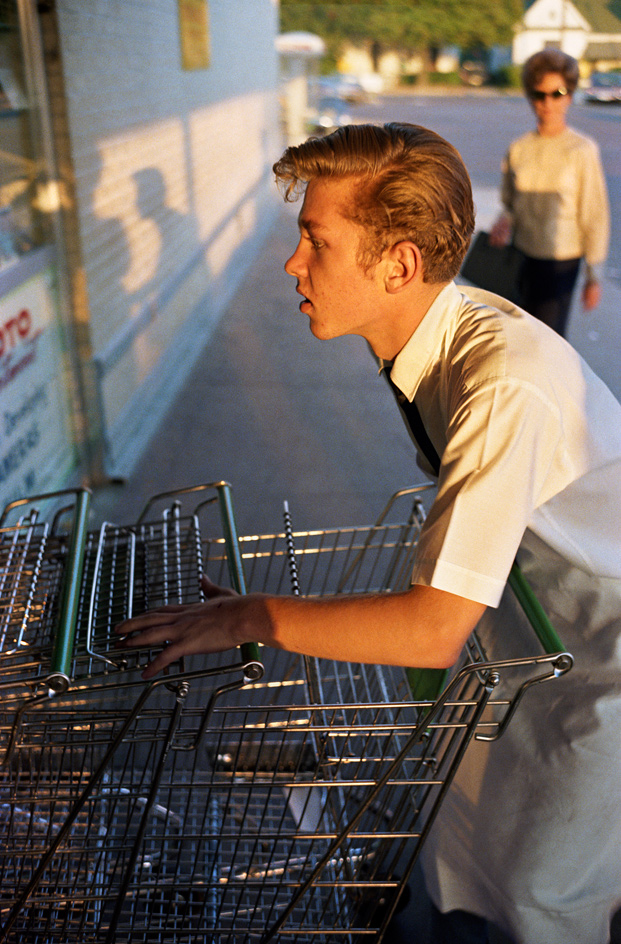
‘I’d assumed I could do in colour what I could do in black and white, and I got a swift, harsh lesson. All bones bared. But it had to be,’ the American photographer William Eggleston mused once, recalling his first successful colour photograph. ‘I had this new exposure system in mind of overexposing the film so all the colors would be there. The first frame, I remember, was a guy pushing grocery carts. Some kind of pimply, freckle-faced guy in the late sunlight.... And by God, it all worked.’
The picture in question is unadulterated Eggleston: unapologetically banal, yet utterly compelling in its divine rendering of colour and light. Currently on view at the National Portrait Gallery, the unnamed photograph (Eggleston has always shied away from titles) is part of a new exhibition opening today in London that encompasses some 100 works by the pioneer of modern colour photography.
Born in 1939 into a wealthy Southern family, Eggleston grew up on his family’s plantation farm along the Mississippi Delta (the show includes riveting portraits of Lucille Fleming, a long-time housekeeper for the family, as well as ‘house man’ Jasper Staples). In 1957 he acquired his first camera – a Canon Rangefinder – and was soon exposed to Henri Cartier-Bresson’s The Decisive Moment and Walker Evans’s American Photographs, which most lucidly influenced his earlier work.
A selection of black-and-white portraits – intriguing in their own right – serves as a prelude to the snapshot-style colour photography that has become synonymous with Eggleston. More poignantly, it has been 40 years since the photographer’s 1976 MoMA show was universally panned by critics. The New York Times proclaimed it ‘the most hated show of the year’, while Hilton Kramer seethed, 'Perfectly banal... perfectly boring, certainly.’
If his pictures are ordinary (or so his critics protested), surely his subjects are anything but. Among them was TC Boring, an offbeat dentist with a flair for the florid (his house was the location of Eggleston’s seminal ‘red ceiling’ photograph). A casual nudist and drug addict, Boring was murdered in 1980 by an axe to the head before his home was set on fire with him in it. In one Polaroid, Boring is pictured tending to his garden, bare feet rooted into the earth. In another dye-transfer print, he stands alone in a graffiti-scrawled room, stark naked, scratching his head perplexed and awash in an unsettling cast of crimson. It’s an uncanny foreshadowing of the violent end Eggleston’s friend would meet.
Elsewhere, a tender moment is captured as Eggleston’s cousin Lesa Aldridge comforts a morose Karen Chatham, who had been rebuffed earlier that evening by Alex Chilton, the lead singer of cult Memphis band Big Star. (Aldrige would later be involved in a volatile relationship with Chilton himself, as well as lead an all-female punk band, The Klitz, with Chatham.) The scene reads like a Dutch Master painting, its hues quietly romantic and more delicate than Eggleston’s usual palette.
Naturally, Eggleston’s prodigious way of seeing drew evermore creative characters into his orbit: portraits of Dennis Hopper, Joe Strummer, Fred Dowell and Andy Warhol ‘Superstar’ Viva are all on show too, seamlessly knitted with images of his family, friends and strangers.
Eggleston’s photographs are vignettes; overtures to the dynastic chronicles, love triangles, melancholy and glee that unfurl from beyond his decisive moment. Perhaps this is why his portraits are so captivating in their sheer mundanity – his offhandedness is so curiously at odds with the intricate entanglements of the people he photographed. His firm refusal to title photographs make them all the more tantalising. ‘Whatever it is about pictures, photographs, it’s just about impossible to follow up with words,’ he once said. ‘They don’t have anything to do with each other.'
Hoarding tropes of Americana – from the Old South to cars, friends, family, backyards and suburbia – he catalogued them relentlessly and indiscriminately. Sometimes the most ordinary of things are the most beautiful. And Eggleston’s ability to capture them is extraordinary.
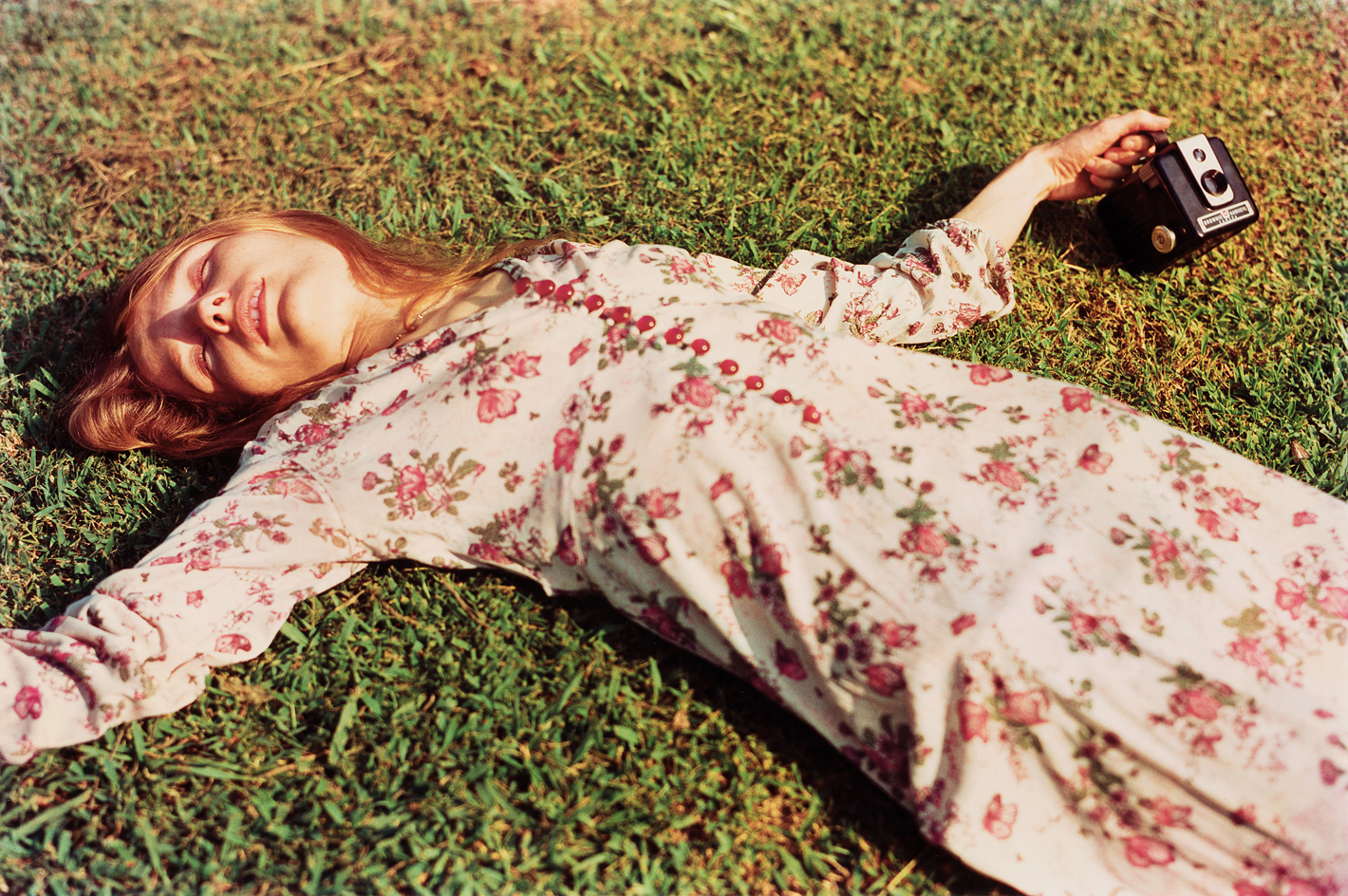
An ethereal 1975 portrait of dancer Marcia Hare – clutching a Kodak camera while laying back on the grass – is notable for its use of focus. Copyright Eggleston Artistic Trust
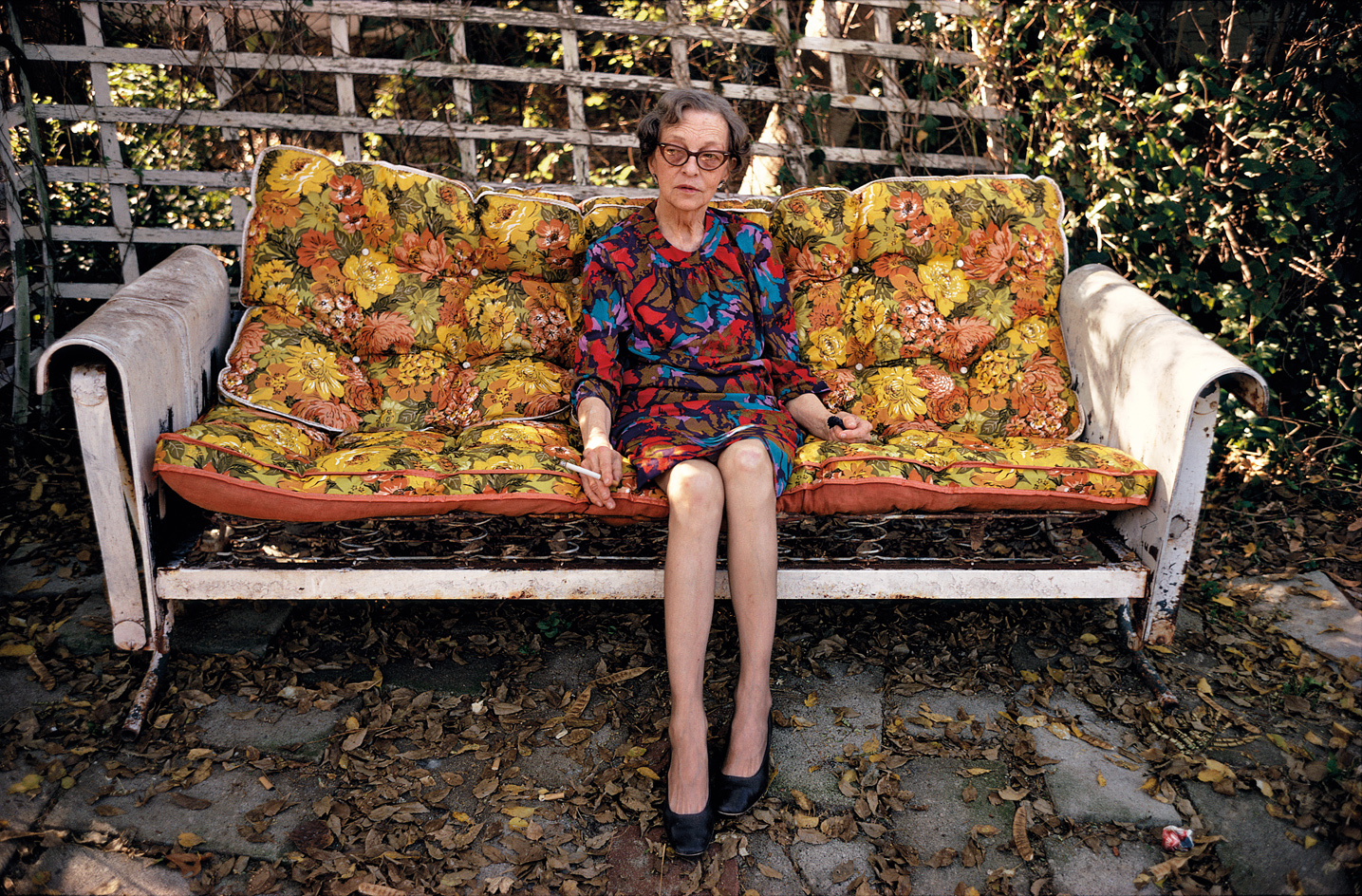
Devoe Money (pictured in this 1970 portrait) was distantly related to Eggleston on his father’s side. ’She was a swell, wonderful person,’ Eggleston recalls, ’very smart, too. She was not a rich lady. She didn’t inherit a lot, I remember she was active in the little theatre there in Jackson. But there’s no money in that.’ Copyright Eggleston Artistic Trust
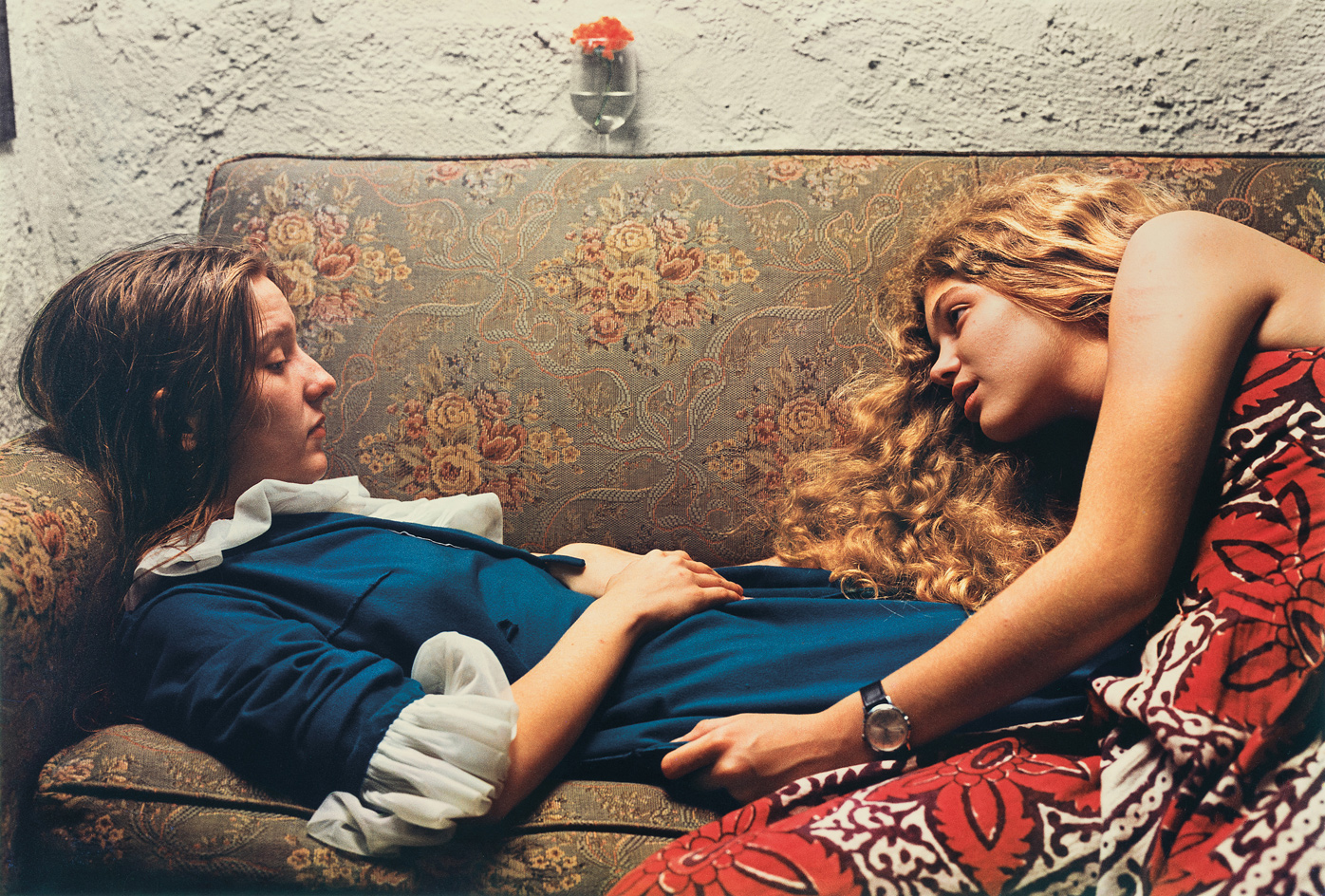
Untitled, 1974, portrays Karen Chatham, left, with the artist’s cousin Lesa Aldridge, in Memphis, Tennessee. Courtesy of Wilson Centre for Photography. Copyright Eggleston Artistic Trust
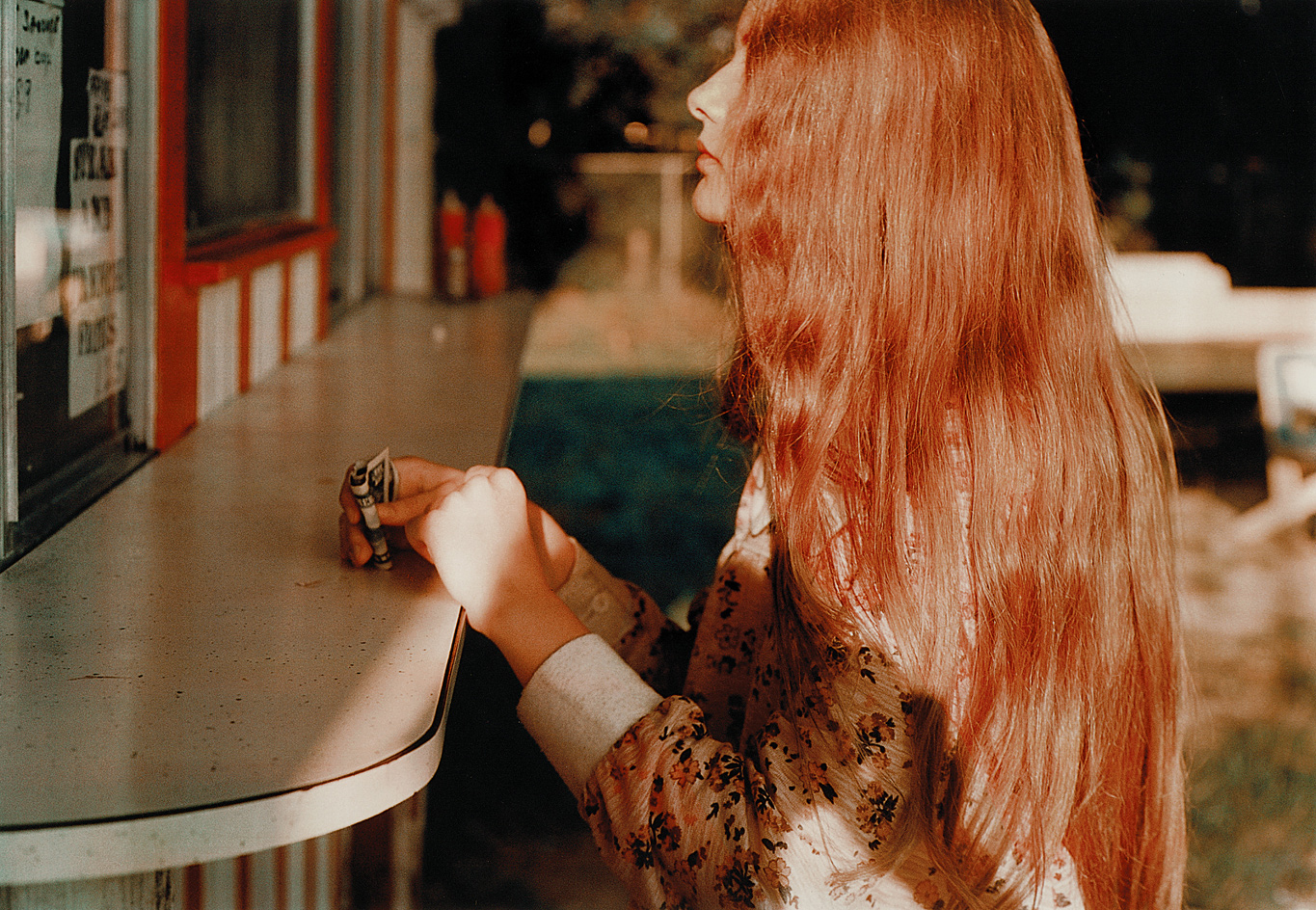
Untitled, 1974, captured in Biloxi, Mississippi. Copyright Eggleston Artistic Trust
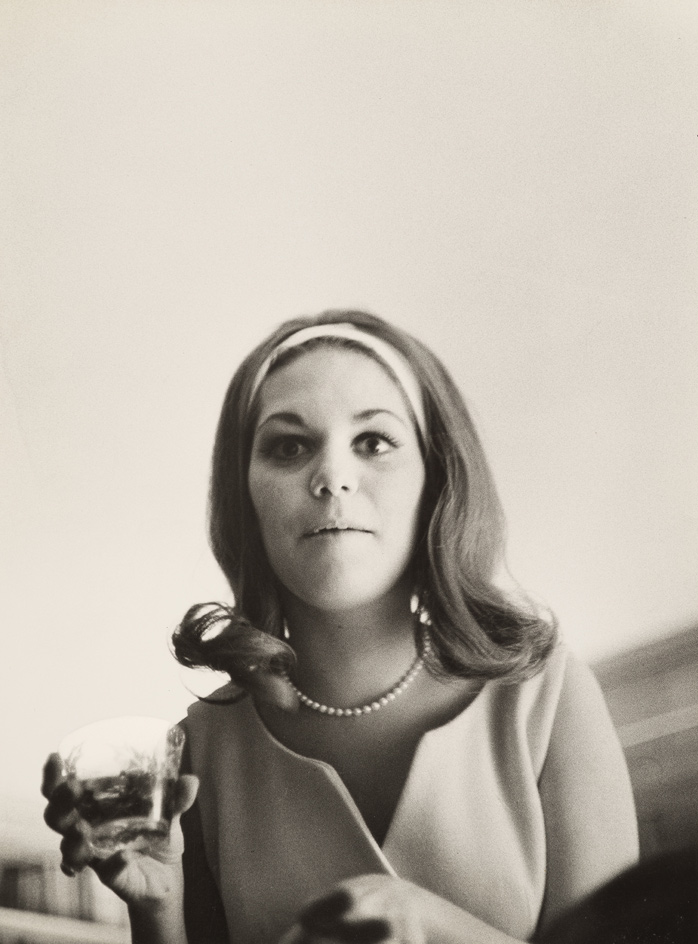
A selection of Eggleston’s earlier black-and-white works serve as a prelude to his colour photography. Pictured: Untitled, 1960s. Copyright Eggleston Artistic Trust
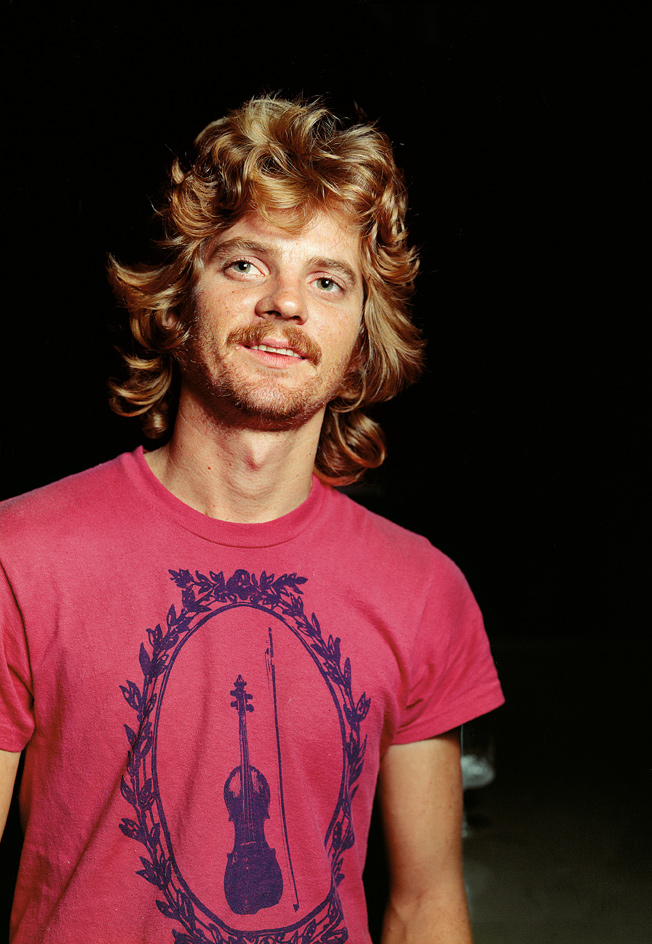
Untitled, 1973–4 (pictured, Dane Layton), from the series ’Night Club Portraits’. Copyright Eggleston Artistic Trust
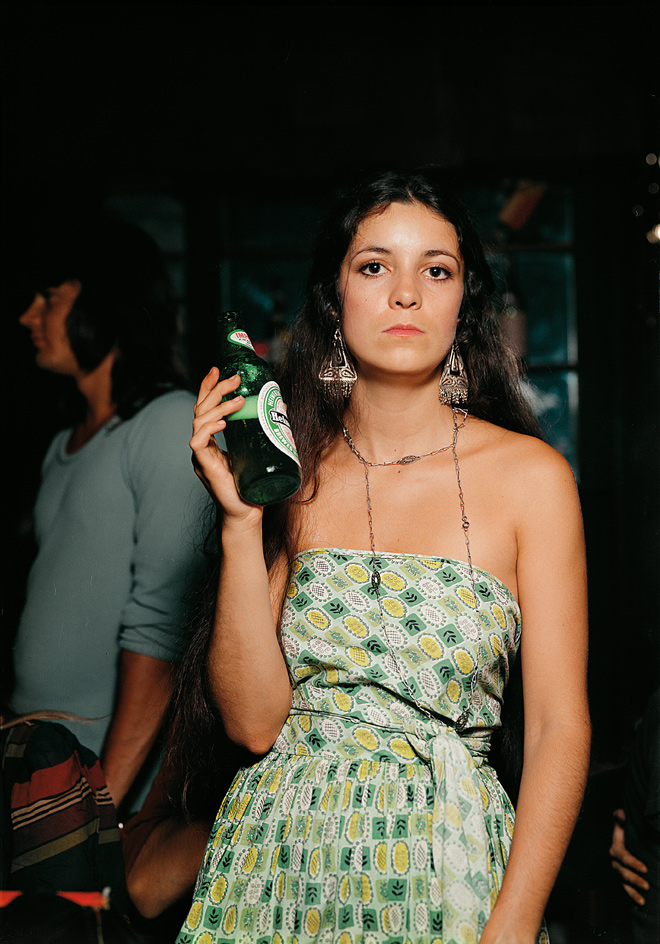
Untitled, 1973–4, from the series ’Night Club Portraits’. Copyright Eggleston Artistic Trust
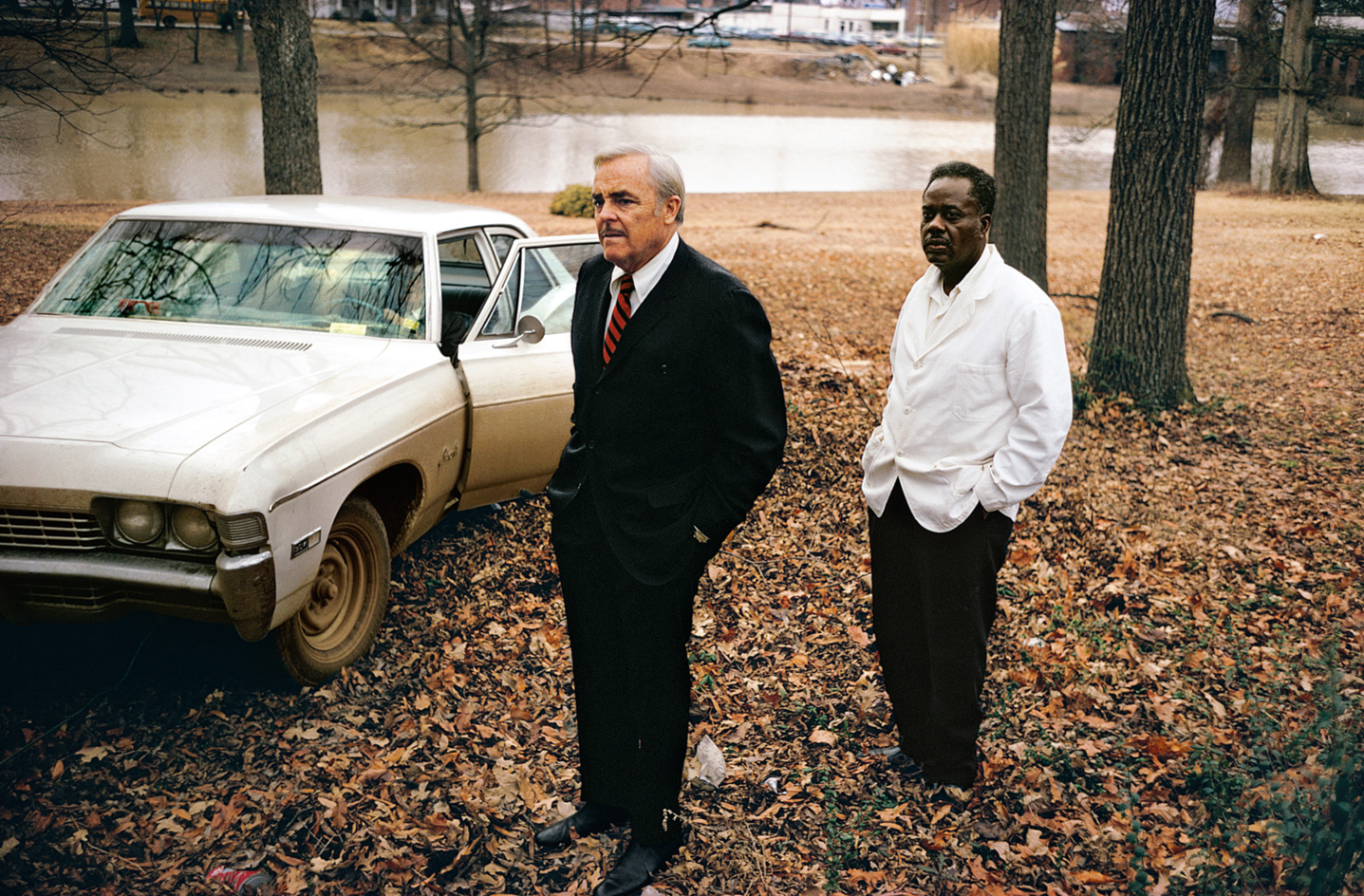
In Untitled, 1969–70, the artist’s uncle, Ayden Schuyler Senior, is pictured with the family’s ’house man’, Jasper Staples, in Cassidy Bayou, Mississippi. Copyright Eggleston Artistic Trust
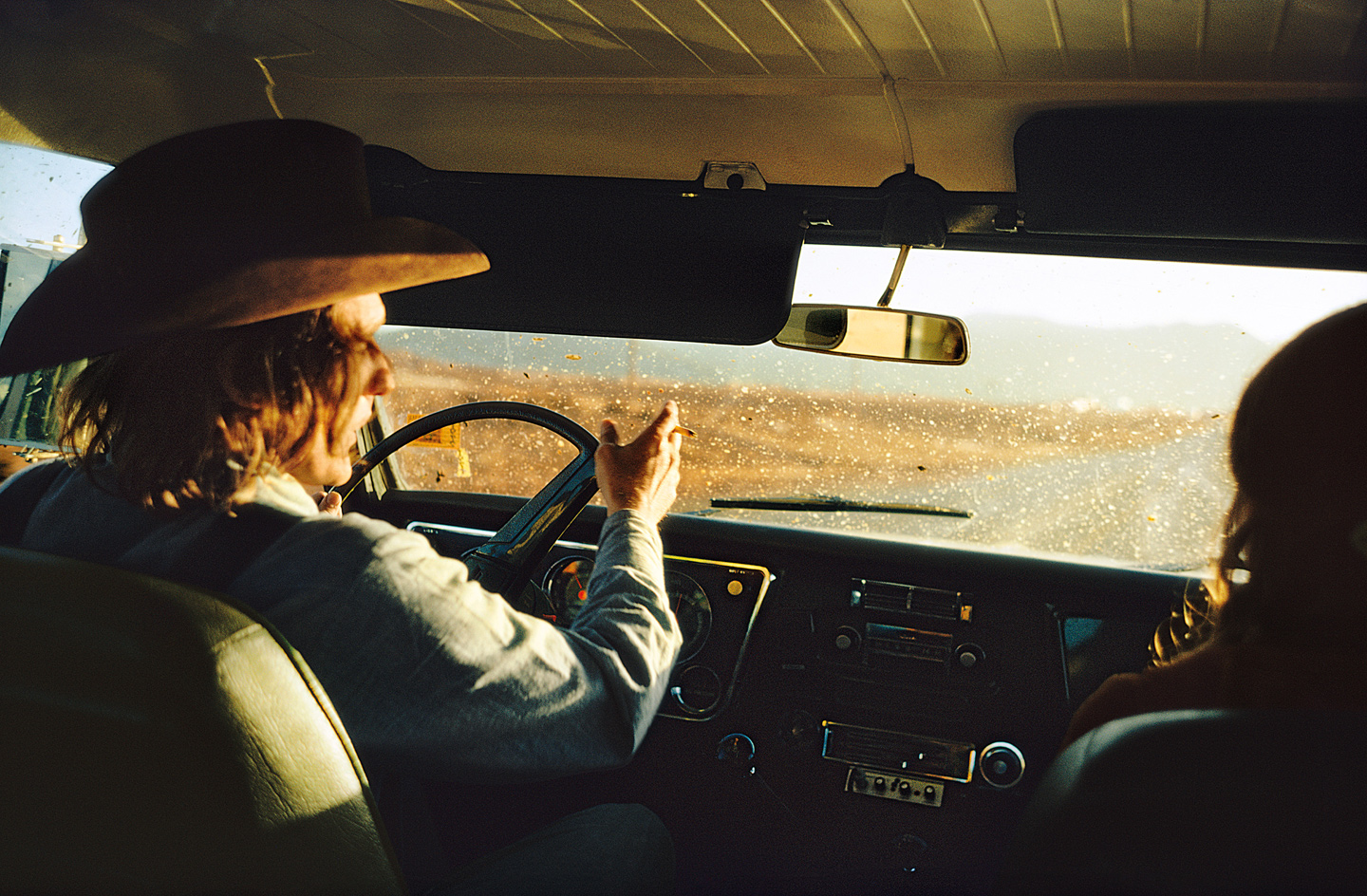
Untitled, 1970–4, shows Dennis Hopper driving in the outback. Copyright Eggleston Artistic Trust
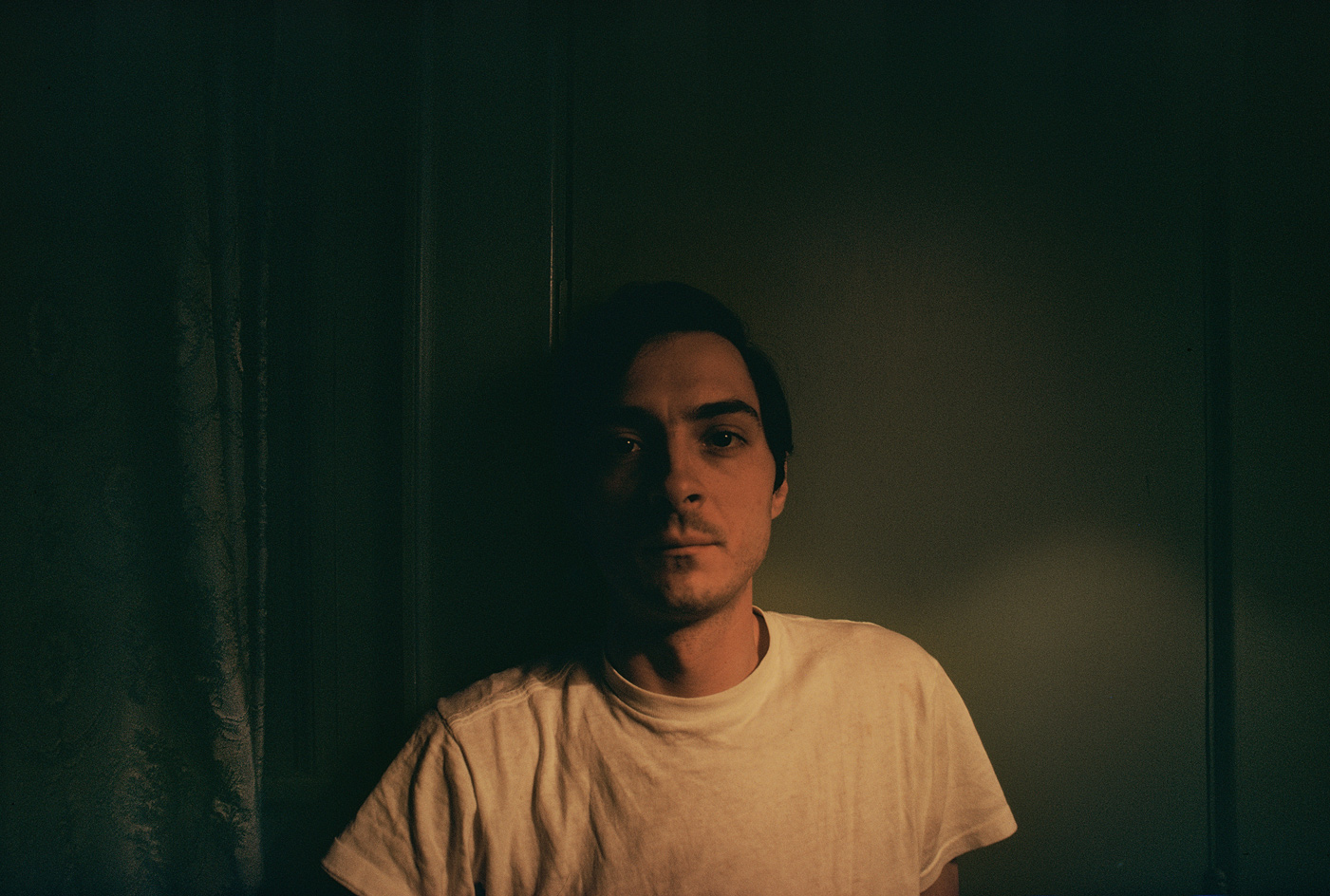
Untitled, 1970, is a self-portrait of Eggleston. Copyright Eggleston Artistic Trust
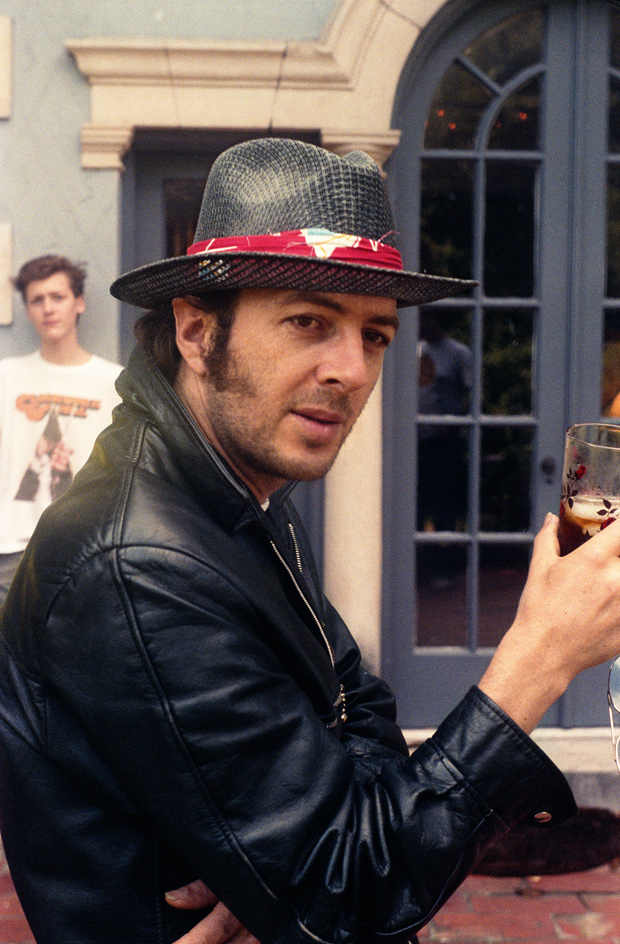
This untitled photograph from c.1980 features the late Clash frontman Joe Strummer. Copyright Eggleston Artistic Trust
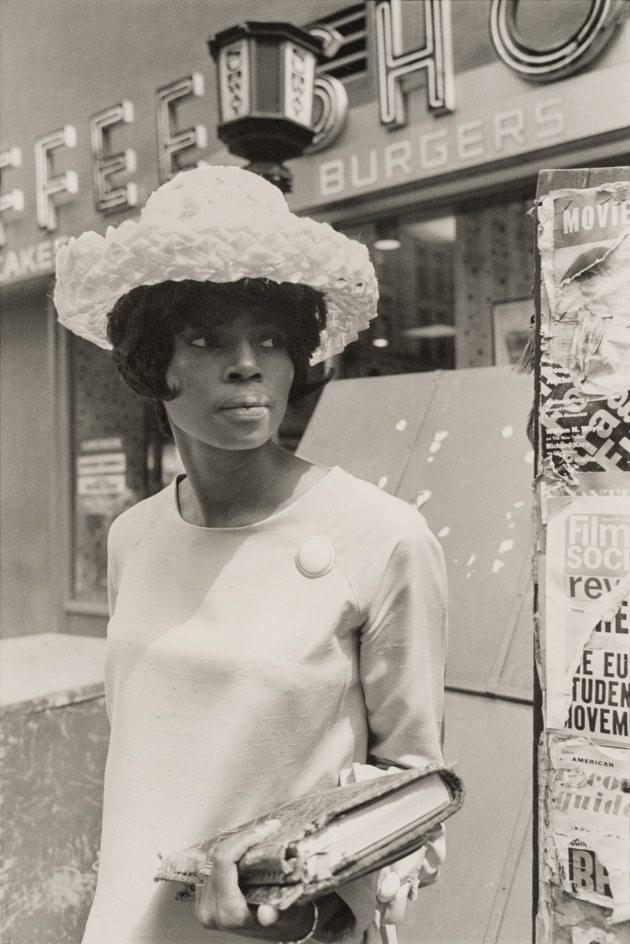
Untitled, 1960s. Copyright Eggleston Artistic Trust
INFORMATION
‘William Eggleston: Portraits’ is on view until 23 October. For more information, visit the National Portrait Gallery website
ADDRESS
National Portrait Gallery
St Martin’s Place
London, WC2H 0HE
Receive our daily digest of inspiration, escapism and design stories from around the world direct to your inbox.
-
 This cult Los Angeles pop-up restaurant now has a permanent address
This cult Los Angeles pop-up restaurant now has a permanent addressChef Brian Baik’s Corridor 109 makes its permanent debut in Melrose Hill. No surprise, it's now one of the hardest tables in town to book
-
 French bistro restaurant Maset channels the ease of the Mediterranean in London
French bistro restaurant Maset channels the ease of the Mediterranean in LondonThis Marylebone restaurant is shaped by the coastal flavours, materials and rhythms of southern France
-
 How ethical is Google Street View, asks Jon Rafman in Copenhagen
How ethical is Google Street View, asks Jon Rafman in CopenhagenIn 'Report a Concern - the Nine Eyes Archives' at Louisiana Museum of Art, Copenhagen, Jon Rafman considers technology's existential implications
-
 Out of office: The Wallpaper* editors’ picks of the week
Out of office: The Wallpaper* editors’ picks of the weekFar from slowing down for the festive season, the Wallpaper* team is in full swing, hopping from events to openings this week. Sometimes work can feel like play – and we also had time for some festive cocktails and cinematic releases
-
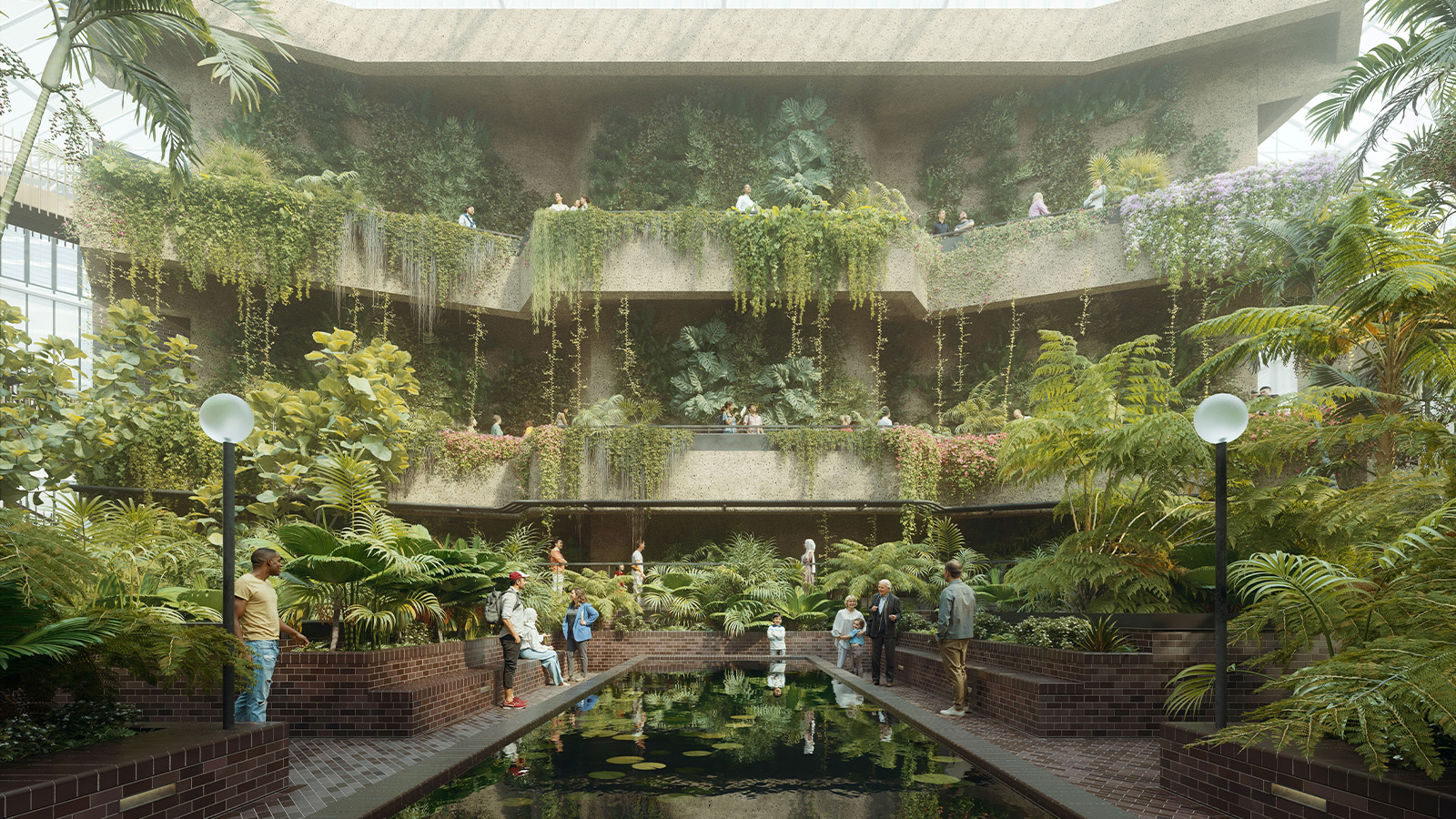 The Barbican is undergoing a huge revamp. Here’s what we know
The Barbican is undergoing a huge revamp. Here’s what we knowThe Barbican Centre is set to close in June 2028 for a year as part of a huge restoration plan to future-proof the brutalist Grade II-listed site
-
 Out of office: The Wallpaper* editors’ picks of the week
Out of office: The Wallpaper* editors’ picks of the weekIt’s wet, windy and wintry and, this week, the Wallpaper* team craved moments of escape. We found it in memories of the Mediterranean, flavours of Mexico, and immersions in the worlds of music and art
-
 Each mundane object tells a story at Pace’s tribute to the everyday
Each mundane object tells a story at Pace’s tribute to the everydayIn a group exhibition, ‘Monument to the Unimportant’, artists give the seemingly insignificant – from discarded clothes to weeds in cracks – a longer look
-
 Out of office: The Wallpaper* editors’ picks of the week
Out of office: The Wallpaper* editors’ picks of the weekThis week, the Wallpaper* team had its finger on the pulse of architecture, interiors and fashion – while also scooping the latest on the Radiohead reunion and London’s buzziest pizza
-
 Out of office: The Wallpaper* editors’ picks of the week
Out of office: The Wallpaper* editors’ picks of the weekIt’s been a week of escapism: daydreams of Ghana sparked by lively local projects, glimpses of Tokyo on nostalgic film rolls, and a charming foray into the heart of Christmas as the festive season kicks off in earnest
-
 Wes Anderson at the Design Museum celebrates an obsessive attention to detail
Wes Anderson at the Design Museum celebrates an obsessive attention to detail‘Wes Anderson: The Archives’ pays tribute to the American film director’s career – expect props and puppets aplenty in this comprehensive London retrospective
-
 Meet Eva Helene Pade, the emerging artist redefining figurative painting
Meet Eva Helene Pade, the emerging artist redefining figurative paintingPade’s dreamlike figures in a crowd are currently on show at Thaddaeus Ropac London; she tells us about her need ‘to capture movements especially’